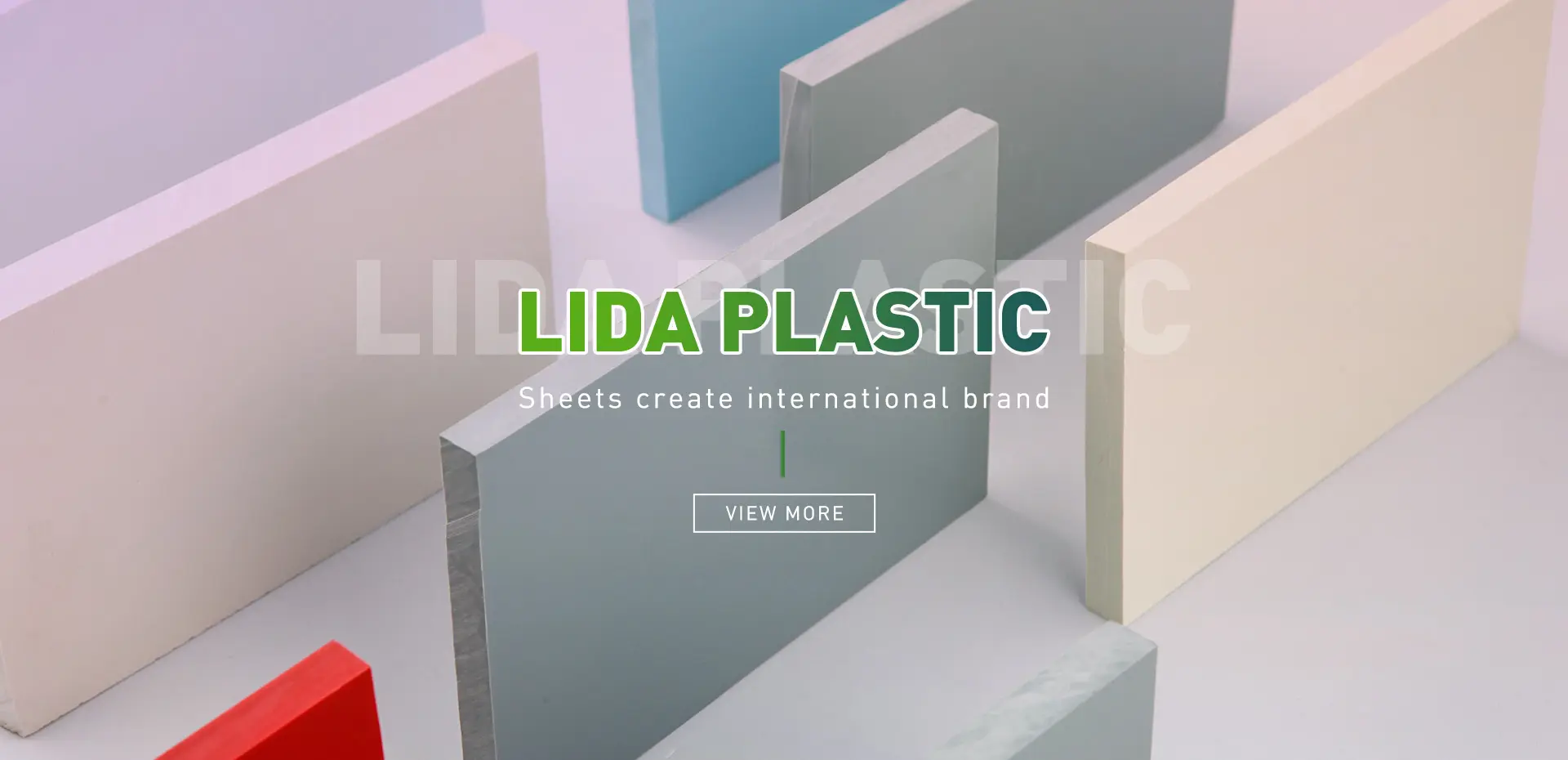Dec . 06, 2024 11:41 Back to list
Different Types of Welding Rods and Their Applications in Metal Fabrication
Understanding Welding Rod Types
Welding is a critical process in various industries, providing the means to join materials, primarily metals, in a strong and durable manner. A significant aspect of the welding process is the selection of the proper welding rod, as it plays a crucial role in determining the strength and quality of the final weld. This article will explore the various types of welding rods, their applications, and key considerations for selecting the right one for specific tasks.
Types of Welding Rods
1. Stick Welding Rods (SMAW) Shielded Metal Arc Welding (SMAW), commonly known as stick welding, uses welding rods as electrodes. The rods are coated with a flux that generates a shielding gas and slag to protect the weld from contamination. Common stick welding rods include E6010, E6011, E6013, and E7018. Each type is suited for different applications; for example, E6010 is excellent for penetration in pipeline work, while E7018 is preferred for its strength and ductility in structural applications.
2. TIG Welding Rods (GTAW) Tungsten Inert Gas (TIG) welding utilizes a non-consumable tungsten electrode along with a filler rod. The filler rod can vary in material to match the base metals being welded, such as ER308 for stainless steel or ER70S-6 for carbon steel. TIG welding is known for its precision and the quality of the weld it produces, making it suitable for thin materials and applications that require a high level of cleanliness and appearance.
3. MIG Welding Wire (GMAW) Gas Metal Arc Welding (MIG) employs a continuously fed wire that acts as both the electrode and filler material. MIG welding wires vary based on coatings and materials, with ER70S-6 being a popular choice for general applications in carbon steel. The ease of use and speed of MIG welding makes it a favorite for automotive and fabrication work.
4. Flux-Cored Welding Wire (FCAW) Similar to MIG welding, Flux-Cored Arc Welding (FCAW) uses a filler wire that contains flux. It can be used in both gas-shielded and self-shielded modes. Self-shielded FCAW wires are particularly effective in outdoor applications or windy conditions, making them ideal for construction projects.
Key Considerations for Selecting Welding Rods
welding rod types

When choosing a welding rod, several factors need consideration
- Base Material The type of material being welded is crucial in choosing the appropriate welding rod. Different materials have distinct melting points and mechanical properties that require matching filler materials.
- Welding Position The position of the weld (flat, horizontal, vertical, overhead) can influence the choice of rod. Some rods are specifically designed for vertical or overhead applications, providing easier control and better results.
- Desired Weld Properties Depending on the application's requirements, factors such as tensile strength, ductility, and impact resistance must be evaluated. Specific rods are formulated to enhance these properties.
- Thickness of Materials The thickness of the materials being joined will determine the necessary penetration and fusion, influencing the choice of rod diameter and type.
- Environmental Conditions Conditions such as wind, moisture, and the potential for contamination can affect the choice of welding rod. For example, FCAW is favorable in outdoor settings as it does not require external shielding gas.
In conclusion, selecting the right welding rod is essential for achieving high-quality welds that meet the demands of a project. Understanding the different types of welding rods available and their specific applications allows welders to make informed decisions, ultimately leading to strong and durable joints that maintain the integrity of the materials being worked on. Whether in construction, manufacturing, or repair, the right welding rod is a key component of successful welding.
-
High-Quality PPR Pipes and Fittings Durable ERA PPR & PVC PPR Solutions
NewsJul.08,2025
-
Black HDPE Cutting Board - Durable, Non-Porous & Food Safe HDPE Plastic Cutting Board
NewsJul.08,2025
-
High-Quality CPVC Panel Durable HDPE & PVC Panels Supplier
NewsJul.08,2025
-
Double PE Welding Rod Supplier - High Strength, Durable & Versatile Welding Solutions
NewsJul.07,2025
-
High-Quality PVC-O Pipe Supplier Durable 75mm PVC Pipe & Connections Leading PVC Pipe Company
NewsJul.07,2025
-
HDPE Drainage Pipe Supplier – Durable & Corrosion-Resistant Solutions
NewsJul.06,2025

